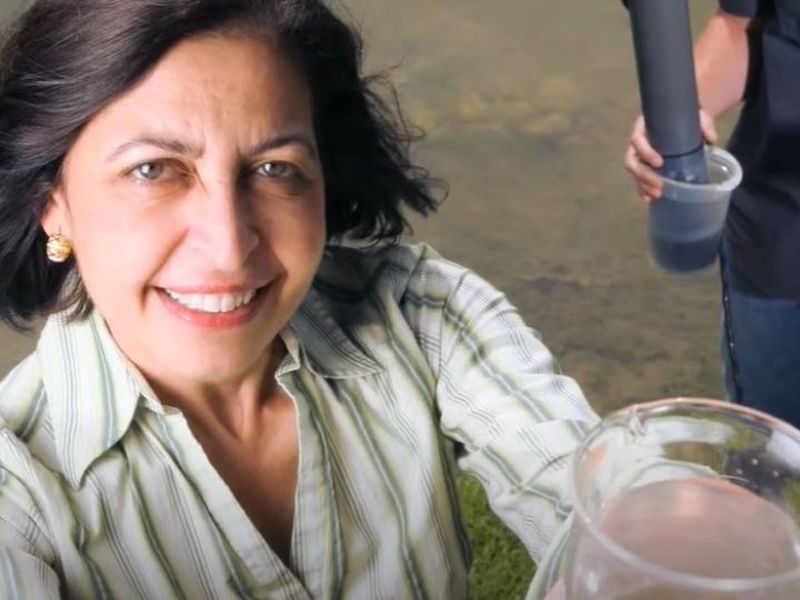When you’re on a sandy beach or the banks of a river, transformed by rolling waves or slightly still waters, it’s likely you’re not thinking about what happens just beneath the surface, where dirt and pollution are swirling and traveling through to new destinations.
But Hanadi Rifai does. The Moores Professor of Civil and Environmental Engineering and director of the Hurricane Resilience Research Institute, has spent two decades examining Galveston Bay — its tides, currents and how fresh and salty water mix, continually extending the knowledge of predicting water levels, pollution spread and how ecosystems stay balanced.
Now Rifai has created a sophisticated numerical computer model to help scientists and environmental experts understand how water moves in estuaries — places where fresh and saltwater mix. The model is the focus of an article in the journal Environmental Science and Pollution Research.
“Models such as this one will be critical for evaluating climate variability and sea level fluctuation impacts on these lifeline systems for coastal communities,” reports Rifai, whose work will also guide better decisions to keep water clean, protect wildlife, and prevent flooding and pollution from spreading.
To read the full story, click here!
